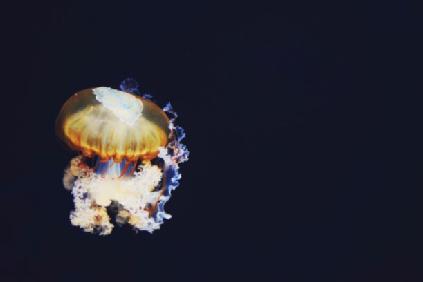Life at the Extremes
We consider extreme environments and their conditions, as abodes for life such as extremophile bacteria, and in terms of the impact of extreme weather/natural disasters. Can we utilise extremophile bacteria for biotechnology processes? How can the hazards and risks of extreme events be judged and mitigated? More widely, what scientific formulations of hazard and risk are presented/negotiated within mass cultural forms such as disaster films?
Funding Activities
The Science of Quality
Bid for AHRC scoping funding, made in Spring 2020, in collaboration with the Innovative Manufacturing and Future Materials GRP. Science is usually seen in terms of production, in terms of the things it makes. But it is also a form of evaluation, a way of determining the quality of the food we drink, the air we breathe, the materials we build with, and much else. The sciences of quality, from analytical chemistry to food science, are bound up with questions of value that are also central to the humanities and social sciences. These sciences are becoming increasingly important in the twenty-first century, as science becomes ever more wedded to commercial and industrial applications, and as the global environmental crisis draws attention to the quality of natural substances such as air, water and soil. This bid drew together researchers in materials science, law, sociology, and history with a view to exploring the links between science and value in the past, present and future. Although the bid to the AHRC was not successful, follow-up events are planned for 2022 in collaboration with the Innovative Manufacturing and Future Materials GRP.


